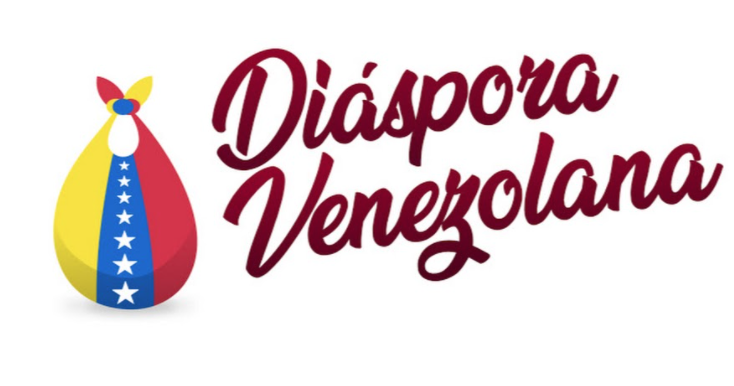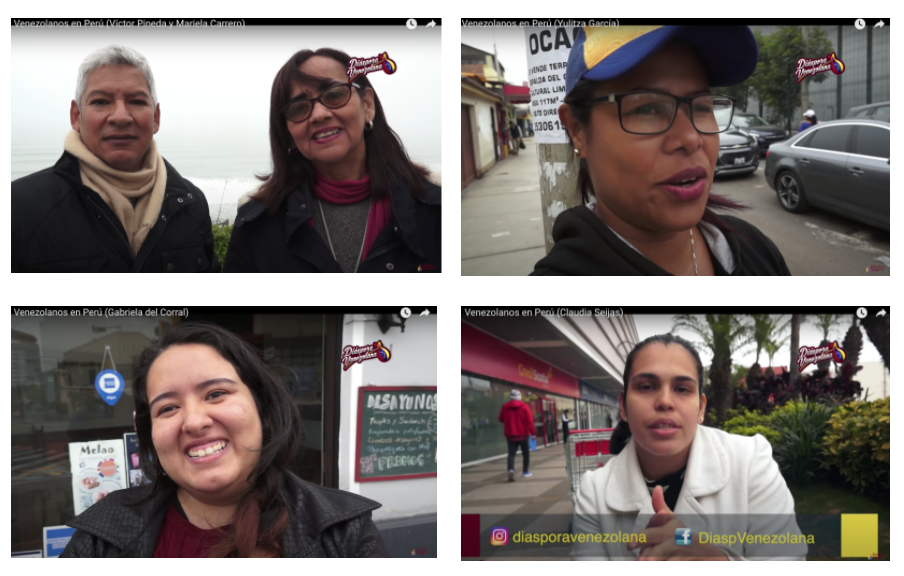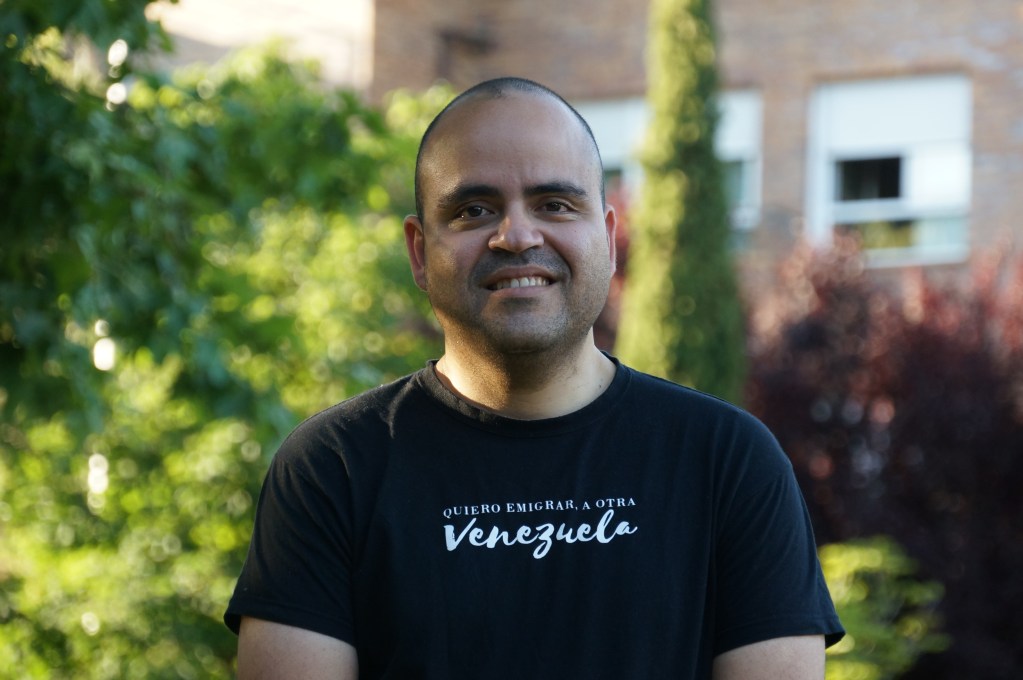

Website: https://diasporavenezolana.net/
Diaspora Venezolana was initiated by the Venezuelan journalist Alfonzo Iannucci who moved to Madrid, as an attempt to create a space for stories of Venezuelan migrants:

“In mid-2016, our director, Alfonzo Iannucci, began to shape an idea that he had had for a long time: Telling the stories of Venezuelan emigrants in an audiovisual way. This is how our YouTube channel was born. Later we added other social networks to accommodate so many stories, interviews, reports, reviews and anecdotes that were coming to us about this migratory phenomenon. (…) Our intention is to be the window to the world of the Venezuelan diaspora, so if you are one of those interested in learning about this growing phenomenon, this is your place.”
(Source, viewed on 27.06.2021; own translation)
Apart from the YouTube channel Diaspora Venezolana is present on different social media and is the most successful project as to the number of followers and subscribers among the three selected examples. Though one has to take into account that this is also the oldest project that started already in February 2016.
- YouTube (13.100 subscribers; 31.07.21)
- Instagram (43.400 followers; 31.07.21)
- Twitter (2.934 followers; 31.07.21)
- Facebook (142.108 subscribers; 31.07.21)
Remarkably, although Diaspora Venezolana is the most international digital project in this selection, Spanish remains its only language.
The core of the Diaspora Venezolana are short 5-15 minutes interviews with Venezuelans living abroad after their migration. The interviews are shot mostly in different cities of Spain. But there are also selections of interviews conducted in other European countries, such as Italy, France and Great Britain, as well as the United States, Chile and Peru. There are also longer interviews, thematic specials and other formats.
The interviews are structured around a repeating set of questions, which makes them particularly interesting for comparative research. The questions encompass different aspects of personal migration stories and current situation, including profession in Venezuela and current job, living costs, experience with integration and xenophobia, or memories of Venezuela.
All interviews are shot in pedestrian zones. You hear the questions of the interviewer, but you don’t see his face. The atmosphere is very friendly. Quite often the interviewer presents the interview partner as an old friend. Usually only one person is being interviewed, but one interview in Lima is with a couple. You see the face of the interviewed person as a close-up and the city atmosphere behind. The video quality is usually very high. The overall impression is very professional, including music, logo etc.
The selected locations are mostly clean and nice urban spaces. In Lima: Miraflores, sea side, parks. Only one interview with a street vendor is shot on a busy street. She is also the only one talking about dangerous experiences, and the only one wearing a cap with the flag of Venezuela, a symbolic clothing item that one often encounters on the streets of Peru.
The interviews are mostly conducted with representatives of the educated middle class, well-integrated in the Peruvian society: journalists, writer, psychologist, electrical engineer, small entrepreneurs. The interviewer can’t always hide his very negative attitude towards the political situation in Venezuela, and this sentiment seems to be shared by the interview partners. At the same time, the interviews contain very subtle critique on the Peruvian society, usually, when the interview partners are being asked about their experiences with xenophobia. All interviews in Peru have been conducted before the Covid-19 outbreak, therefore this is not an issue in the conversations.
Tags: Interviews


 Die
Die